|
|
|
|
|
|
|
|
Photo Gallery for Storeria dekayi - Dekay's Brownsnake
| 16 photos are shown. |
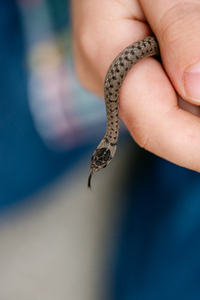 | Recorded by: Cooper Barton
Johnston Co.
Comment: |  | Recorded by: Cooper Barton
Johnston Co.
Comment: |
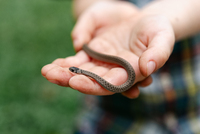 | Recorded by: Cooper Barton
Johnston Co.
Comment: |  | Recorded by: jBob Kerger
Mecklenburg Co.
Comment: |
 | Recorded by: Michael Wilson
Harnett Co.
Comment: | 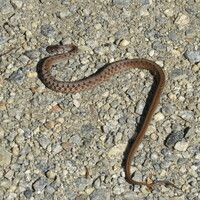 | Recorded by: Marilyn Westphal
Henderson Co.
Comment: |
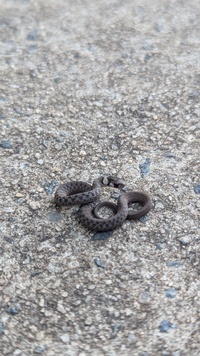 | Recorded by: J. Reynolds
Rockingham Co.
Comment: | 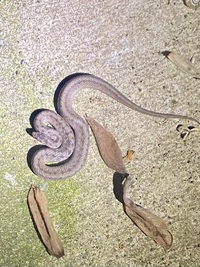 | Recorded by: Greg Hays
Mecklenburg Co.
Comment: |
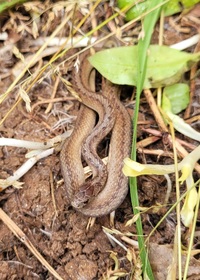 | Recorded by: Andrew W. Jones
Polk Co.
Comment: |  | Recorded by: Jessica Tate
Forsyth Co.
Comment: |
 | Recorded by: Jessica Tate
Forsyth Co.
Comment: |  | Recorded by: Travis McLain
Cabarrus Co.
Comment: |
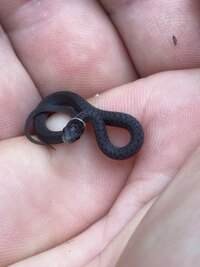 | Recorded by: J. Buie
Stokes Co.
Comment: Neonate |  | Recorded by: Steve Hall and Savannah Hall
Orange Co.
Comment: |
 | Recorded by: Steve Hall
Orange Co.
Comment: | 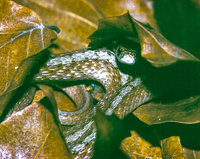 | Recorded by: Steve Hall
Orange Co.
Comment: |
|

 »
» 


 »
» 
